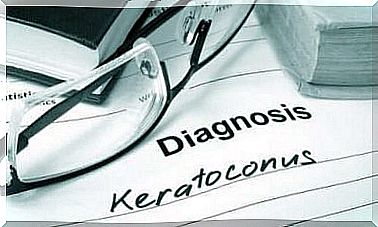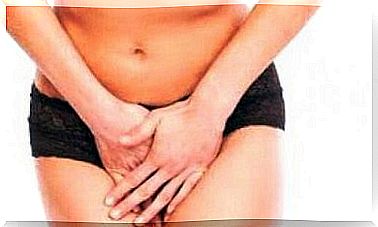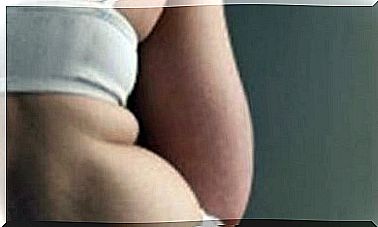Cleft Lip And Palate – All About It
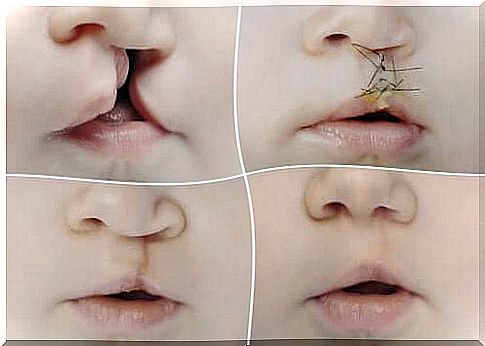
A cleft lip and palate are birth defects that occur when a baby’s lip or mouth does not form properly during pregnancy. These are often referred to as “orofacial crevices”.
Children with these disorders often find it difficult to eat and speak clearly. In addition, they are more likely to suffer from ear infections, as well as hearing and dental problems.
Cleft lip and palate is also known as hare lip, and is usually more common in boys than girls. It’s also important to know that most babies born with a cleft are healthy and have no other birth defects.
What is a cleft lip?
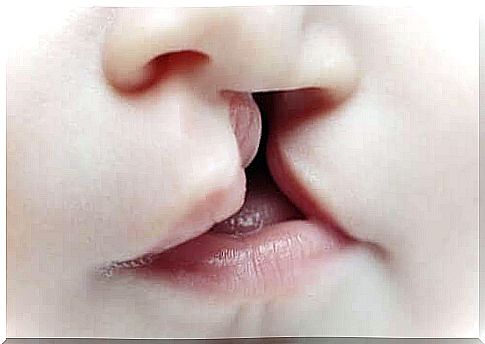
During embryonic development, lips are formed between the 4th and 7th week of pregnancy. Both baby tissue and some kind of special cell grow towards the center of the face to form the face.
The combination of these tissues creates facial features such as lips and lips. A cleft lip, on the other hand, occurs when the tissue that makes up the mouth does not fully connect to one another before birth.
Because of this, a hole appears on the upper lip. It can be of different sizes, even separating the lip completely and reaching all the way to the nose.
Moreover, these distortions can occur in different areas of the lip, that is, on one side, on both or in the middle of the lip. The latter location is usually the least common.
What is a cleft palate?
Babies born with a split lip often also have a deformed palate. Unlike lip formation, the palate does not form until weeks 6 to 9 of pregnancy. A cleft palate occurs when the tissue that makes up this structure does not connect properly during fetal development.
This distortion may be more or less pronounced. In some infants, the cleft affects both the front and back of the palate. In other cases, on the contrary, only part of the palate remains open.
The reasons
So far, it is not known exactly what causes cleft lip and palate. A split lip and / or palate are caused by the action of many genes inherited from both parents.
Thus, the disorder is the result of a combination of genes and environmental factors. This type of inheritance is called “multi-factorial”.
Because genes are involved, the likelihood of a split lip or cleft palate reoccurring in a family is high. However, the probability will depend on the number of family members with this deformity.
If one parent has a cleft but none of their children have a cleft, the chances of having a baby with a cleft lip are only 5%. But if both the parent and the child have the deformity, the chances of having another child with a cleft increase.
A therapeutic approach to cleft lip and palate

A team of many specialists will be needed to try to correct a cleft lip. Knowledge of many different fields of medicine is needed to solve the problems that may arise.
Some of the specialties involved in cleft treatment include:
- Plastic surgeon / craniofacial surgeon: These are surgeons who specialize in the diagnosis and treatment of skeletal abnormalities of the skull, facial bones and soft tissues. They work closely with orthodontists and other specialists to coordinate the operation plan.
- Pediatrician : will help coordinate all professionals involved and will monitor your child’s development.
- Orthodontist: coordinates the treatment plan with the surgeon and other specialists.
- Speech therapist: will conduct a comprehensive assessment of your child’s speech to determine their communication skills and will closely monitor them at all stages of development.
- Otolaryngologist: is an ear, nose and throat specialist. It will help assess and treat any ear infections and hearing loss that may be side effects of your baby’s abnormalities.
Treatment
Treatment for these abnormalities involves surgery followed by a comprehensive team approach to help with the many complications that may arise. After surgery, your doctor may prescribe medications to help you overcome the specific problems that a cleft lip and palate sometimes cause.
Your infant may also need padded elbow pads to prevent chafing around seams and surgery.
During and for a short time after surgery, your baby will have an intravenous catheter to deliver fluids until he can drink normally through his mouth.




